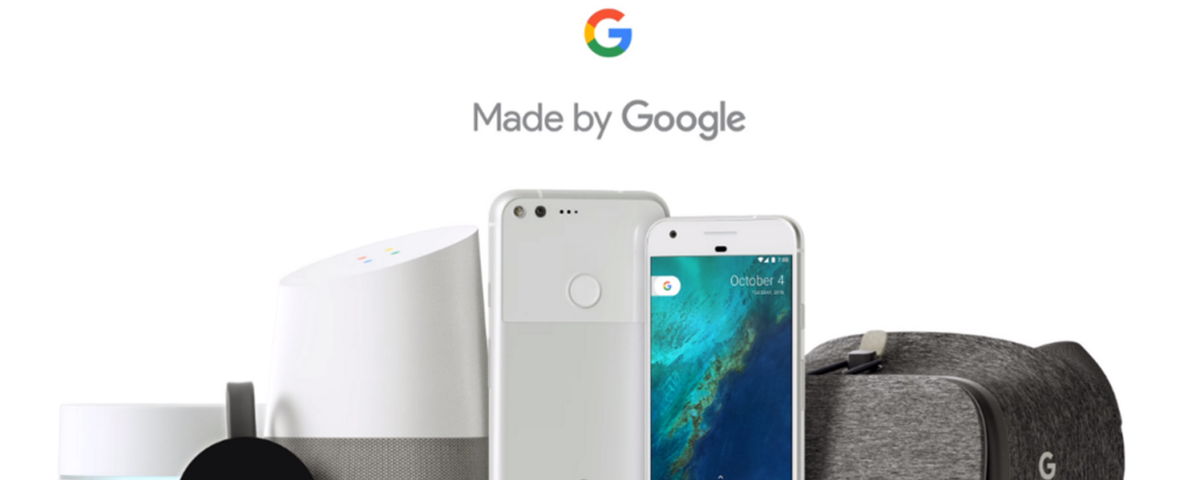Many of us would not associate Kodak with current generation smartphones, they recently announced the launch of their second smartphone, the Ektra. It looks nice, handles well and has a good camera. The phone itself is not a revolution for the smartphone industry as it is produced by a company who specializes in making ruggedized phones for the CAT brand, Bullitt.
Even though the main feature of this phone is the camera, it is not one of the best, using a Sony IMX230 sensor, it produces good looking pictures in terms of 2015 smartphone flagship cameras. It is probable that Kodak chose to focus more on the look of the phone by providing a retro aesthetic and including a leather carrying bag that looks like you’re carrying a camera which is also due to the camera hump on the back of the phone.
It is an interesting move, especially since we know it is not the first-time Kodak is launching a smartphone. The IM5 was not a hit, but Kodak continues to maintain its brand image, focusing on a different market instead. It is an interesting partnership as it allows Kodak to outsource a significant part of the phone design process to Bullitt, but it is unknown if Kodak would have managed to implement a better camera if they focused their resources more on the image sensor of the phone.
The nostalgia is there, and a lot will be interested in supporting an old beloved brand, but is this enough for Kodak? Nowadays, when flagship smartphones are becoming more and more affordable, it makes it easy for customers to choose another smartphone which has a better camera for a cheaper price. They may not look as retro and nice as the Kodak Ektra, but for a photographer, the image quality should matter more than nostalgia.
I doubt the disruptive potential of it as I was expecting a phone that focused solely on the quality of the images and videos it takes, having design and cost as secondary priorities. People who enjoyed the brand would be willing to purchase a much better phone as Kodak has always been associated with quality, and should not settle with last year’s performance.
Sources:
https://www.engadget.com/2015/01/09/kodak-polaroid-smartphones/
https://www.engadget.com/2016/10/20/kodak-ektra-camera-smartphone/#/
http://www.theverge.com/2016/10/20/13333632/kodak-phone-ektra-bullitt





